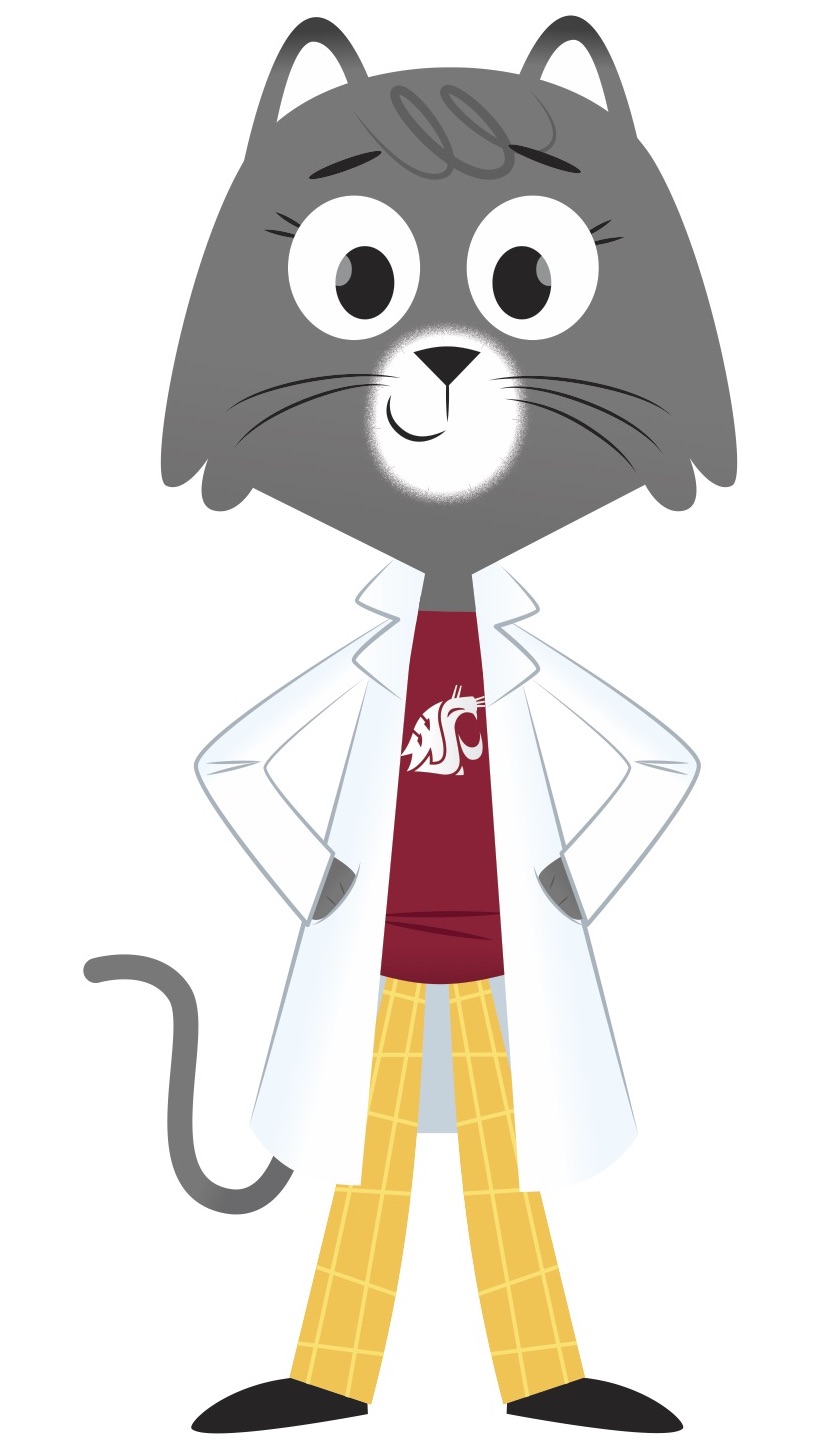Every day people around the world get their water in different ways. Some get water from a well, others turn on a tap, go to the store, and some walk many miles to a river. But no matter how we get our drinking water, it almost always starts with rain.
Rainwater is really clean, said my friend Julie Padowski. She’s a scientist at the State of Washington Water Research Center at Washington State University.
In ancient times, some people harvested rain in big containers, but many more people used water that had collected naturally in streams, rivers, and in the ground.
They could find groundwater rushing by in rivers, or bubbling up from underground through a spring. They could also dig deep into the earth to find water.
 “What people did way back in ancient times is they looked for water that was flowing or they used groundwater,” Padowski said. “Groundwater from deep down in the earth is often safer to drink because it’s more protected from contamination.”
“What people did way back in ancient times is they looked for water that was flowing or they used groundwater,” Padowski said. “Groundwater from deep down in the earth is often safer to drink because it’s more protected from contamination.”
As cities grew up around the world, people had some new ideas for getting water. The Romans built big, bridge-like structures called aqueducts, which helped bring water from distant springs or mountains into the city. They also had different ways to filter the water. Padowski said we still use some of these ancient techniques.
For example, we let water sit, or settle, so particles fall to the bottom. Then we can strain off the particle-free water. We boil water to kill any bacteria. We also filter water through soil or sand. In ancient times, people actually built sand filtration columns. As the water slowly trickled through the column, it cleaned the water.
When using soil or sand as a filter, particles that might be bad for you get stuck in the little gaps, or pores. This small stuff gets trapped as the water continues to flow down. Tiny bacteria in the soil also eat up some of the particles. By the time the water moves through the soil, we have some very clean water.
We live on a wet planet—about 70 percent of the surface is covered in water. But only about one to two percent of that is water we can actually drink.
These days we have new technology and creative ways to filter some of the dirtiest water on our planet and transform it into clean drinking water. It allows us to tap into new techniques people in ancient times may not have been able to use, Padowski said.
Who knows, maybe one day you will also help us come up with innovative ways to make sure everyone has clean drinking water and that no one goes thirsty. Water is a precious resource and we can all do our part to take care of it.
Sincerely,
Dr. Universe